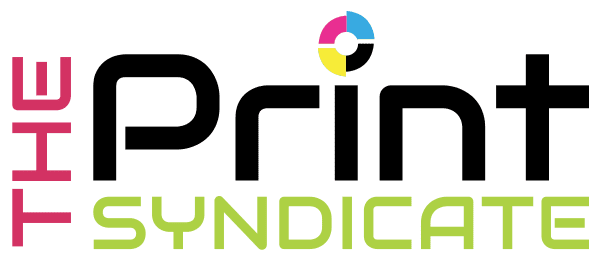In the world of marketing and visual communication, choosing the right print materials is a critical decision that can significantly impact the success of your campaigns. From traditional options like paper to more modern and durable choices like PVC and also metal, the variety of materials available can be overwhelming. In this comprehensive guide, we’ll explore the key factors to consider when selecting print materials, providing you with the insights you need to make informed and impactful choices for your projects.
Understanding Your Objectives
Before delving into the specifics of various print materials, it’s crucial to have a clear understanding of your project’s objectives. Different materials serve different purposes, and identifying your goals will help narrow down the options.
Considerations:
- Intent of Use: Are you creating a promotional banner, informational brochure, or also durable outdoor signage?
- Environment: Will the materials be used indoors or outdoors? Will they be exposed to the elements?
- Budget: What is your budget for the project? Some materials are more cost-effective than others.
Exploring Traditional Print Materials
1. Paper:
Paper remains a classic and versatile choice for a wide range of print materials. It comes in various weights, finishes, and textures, making it suitable for anything from business cards to high-quality brochures.
2. Card stock:
Heavier and more rigid than standard paper, card stock is often used for items like business cards, postcards, and invitations. It provides a sturdy feel and is ideal for materials that need to withstand some wear and tear.
3. Brochure Paper:
Slightly heavier than standard paper, brochure paper is designed for folded materials like brochures and pamphlets. It offers a balance between flexibility and durability.
Exploring Modern and Durable Options
4. PVC (Polyvinyl Chloride):
PVC is a popular choice for outdoor signage and banners. It’s durable, weather-resistant, and can also be printed on both sides. PVC materials are commonly used for long-term displays.
5. Acrylic:
Acrylic, also known as Plexiglass, is a transparent material that adds a touch of sophistication to signage. It’s commonly used for office signs and decorative displays.
6. Metal (Aluminum):
Metal prints provide a sleek and modern look. Aluminum, in particular, is lightweight, durable, and resistant to rust, making it suitable for outdoor applications.
Specialty Print Materials
7. Fabric:
For a more tactile and flexible option, fabric printing is gaining popularity. Ideal for banners, flags, and trade show displays, fabric adds a unique texture to your visuals.
8. Magnetic Material:
Magnetic sheets are versatile for temporary signage and promotional materials. They adhere to metal surfaces, allowing for easy removal and repositioning.
9. Vinyl:
Vinyl is a versatile material that can be used for banners, decals, and window graphics. It’s known for its durability and vibrant printing results.
Eco-Friendly Choices
10. Recycled Paper:
For environmentally conscious projects, recycled paper is an excellent choice. It comes in various weights and finishes and is suitable for a wide range of applications.
11. Biodegradable Materials:
Explore materials made from biodegradable substances, contributing to sustainability in your print projects.
Factors Influencing Print Material Choices
12. Durability:
Consider how long you need your print materials to last. Outdoor signage, for instance, requires materials that can withstand weather conditions.
13. Print Quality:
Different materials may affect print quality differently. Glossy finishes may enhance vibrant colors, while matte finishes also reduce glare.
14. Brand Image:
Your choice of materials reflects your brand. Consider how the material aligns with your brand’s personality and image.
Bringing It All Together
Choosing the right print materials is a balancing act that involves considering your objectives, budget, and also the characteristics of each material. As technology advances, new materials and printing techniques continue to emerge, providing exciting possibilities for marketers and designers alike.
Remember that experimentation is part of the creative process. Don’t hesitate to request samples, test different materials, and also gather feedback to refine your approach. By combining thoughtful consideration with a willingness to explore, you’ll find the perfect print materials to elevate your visual communication and leave a lasting impression on your audience.




